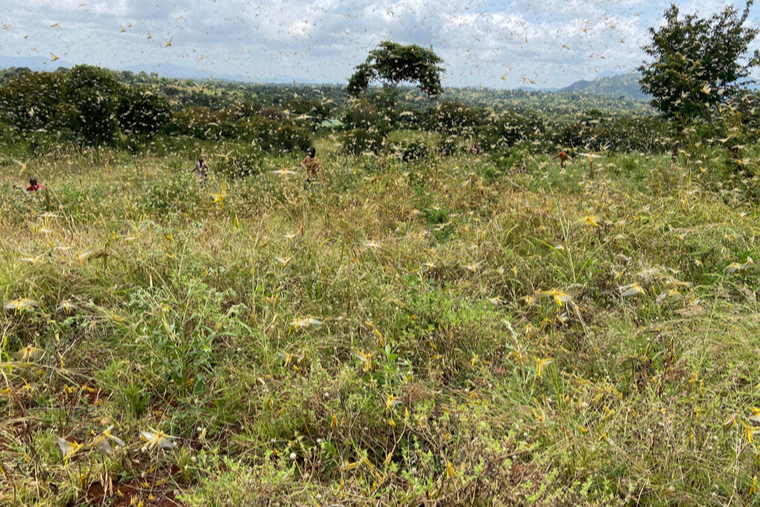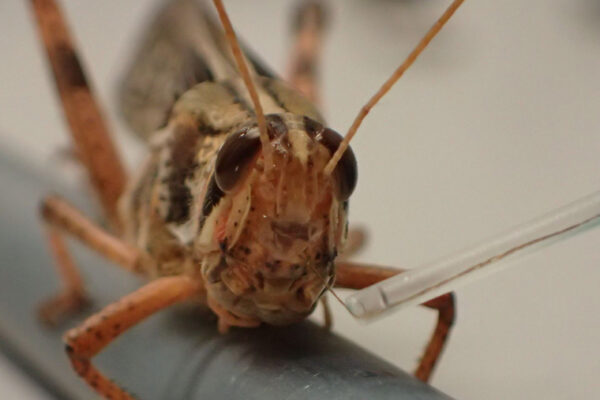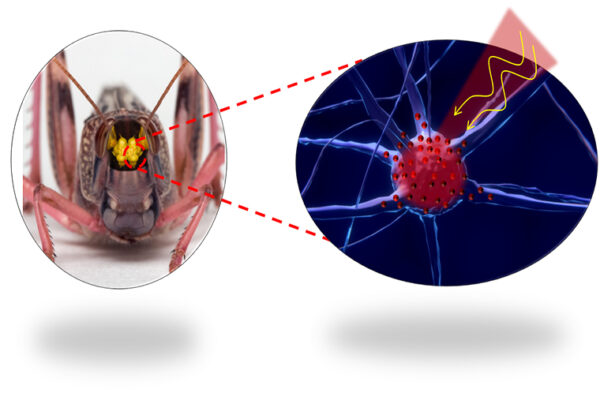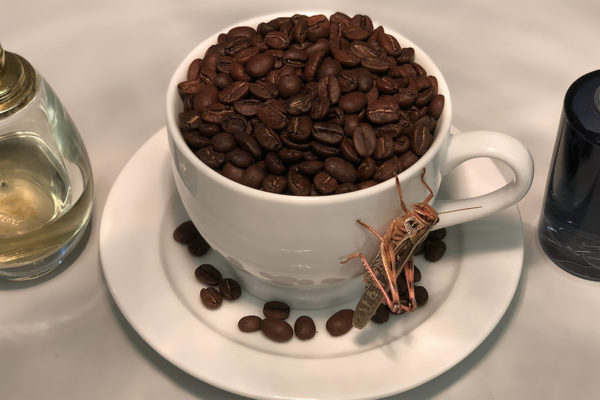Locusts have a reputation of biblical proportions — when swarming they have been known to consume entire crops and devour grass for livestock. In doing so, they can destroy livelihoods for farmers and in some cases even destroy an entire community’s food supply. In small groups they are harmless, but as they swarm, devastation can follow.
That is why Barani Raman, professor of biomedical engineering at the McKelvey School of Engineering at Washington University in St. Louis, together with researchers from, Baylor College of Medicine, Arizona State University, the University of California Davis and Texas A&M University, have created the Behavioral Plasticity Research Institute (BPRI) to understand the mechanisms behind locust swarms and migration and to develop effective methods of limiting the destruction they can leave behind.
Behavioral Plasticity Research Institute
The cross-institutional, cross-disciplinary effort is led by Raman, along with Fabrizio Gabbiani, professor of neuroscience, and Herman Dierick, associate professor of molecular and human genetics, both at Baylor; Hojun Song, associate professor of entomology, and Spencer Behmer, professor of entomology, both with Texas A&M; and Arianne Cease, associate professor of sustainability and director of the Global Locust Initiative at Arizona State. The team with wide-ranging expertise also includes Erez Lieberman and Chenghang (Chuck) Zong at Baylor, Rick Overson at Arizona State, Stephen Rogers at UC Davis, and Gregory Sword at Texas A&M AgriLife. It is supported by a $12.5 million five-year grant from the National Science Foundation.
“We’ll be studying the factors that nudge individual locusts to join a larger group and the changes that follow,” Raman said.
“The set of investigations proposed ranges from the molecular to the cellular to the ecological and evolutionary, and everything in between,” he said. “Given the reports of massive, destructive locust swarms in many African and Asian countries this year, this is indeed a timely investigation of a well-reported, but not yet fully understood phenomenon.”





Comments and respectful dialogue are encouraged, but content will be moderated. Please, no personal attacks, obscenity or profanity, selling of commercial products, or endorsements of political candidates or positions. We reserve the right to remove any inappropriate comments. We also cannot address individual medical concerns or provide medical advice in this forum.